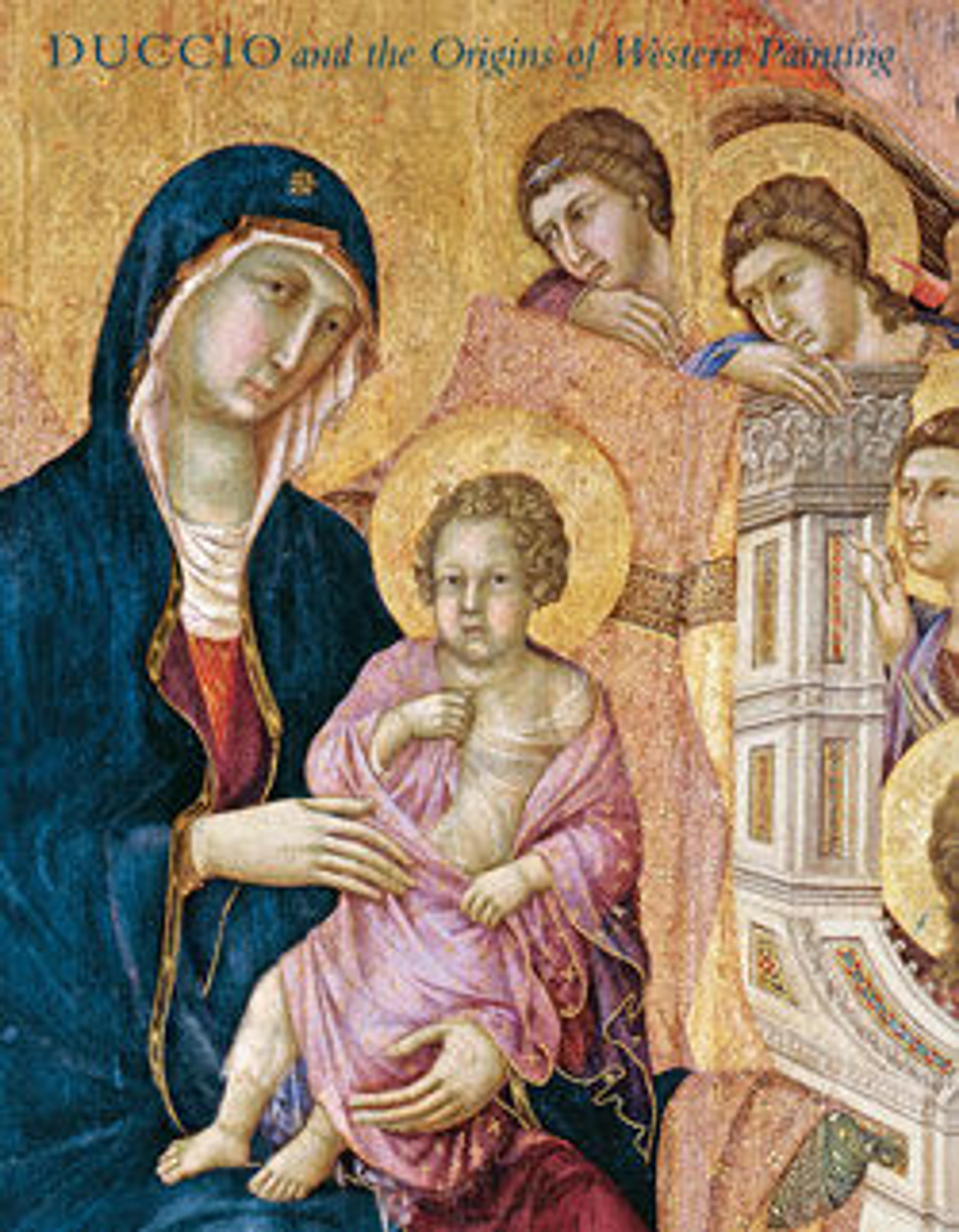Triptych
Portable ivory shrines may have facilitated the transmission of style and composition throughout medieval Europe. This miniature example echoes larger altarpieces or tabernacles, such as those from the abbey church of Saint-Denis outside Paris and the cathedral at Pisa. Images of the Crucifixion and the Glorification of the Virgin are the central focus. The figures are flanked by the personifications Church and Synagogue (above) and by Saints Paul and Peter (below).
Artwork Details
- Title:Triptych
- Date:1250–1260
- Geography:Made in Possibly Picardy, Northern France
- Culture:North French
- Medium:Elephant ivory, paint, gilding with metal mounts
- Dimensions:wings open: 9 1/16 × 5 1/2 × 1 3/16 in. (23 × 14 × 3 cm)
Other (wings closed): 9 1/16 × 3 3/8 × 1 9/16 in. (23 × 8.5 × 4 cm) - Classification:Ivories-Elephant
- Credit Line:Gift of J. Pierpont Morgan, 1917
- Object Number:17.190.279a–e
- Curatorial Department: Medieval Art and The Cloisters
More Artwork
Research Resources
The Met provides unparalleled resources for research and welcomes an international community of students and scholars. The Met's Open Access API is where creators and researchers can connect to the The Met collection. Open Access data and public domain images are available for unrestricted commercial and noncommercial use without permission or fee.
To request images under copyright and other restrictions, please use this Image Request form.
Feedback
We continue to research and examine historical and cultural context for objects in The Met collection. If you have comments or questions about this object record, please contact us using the form below. The Museum looks forward to receiving your comments.
